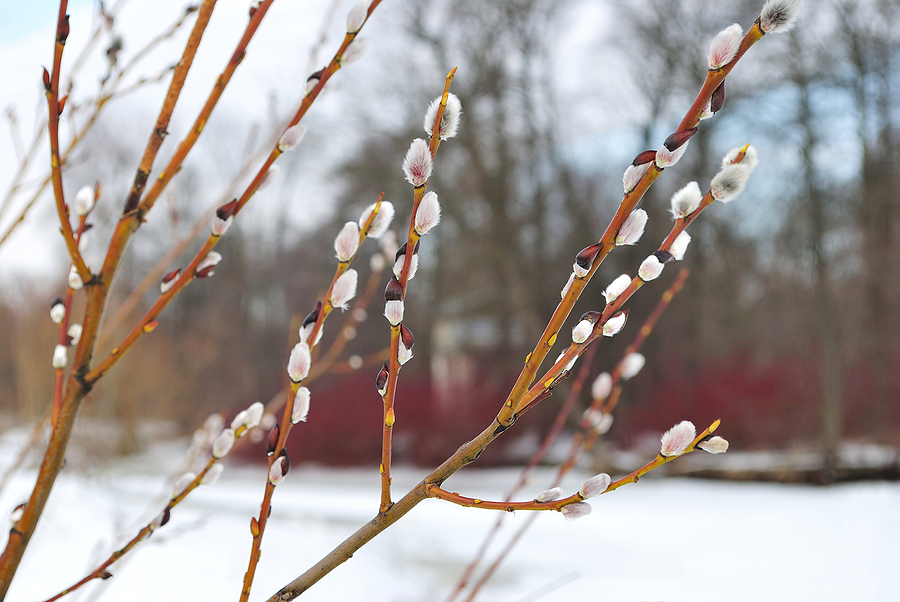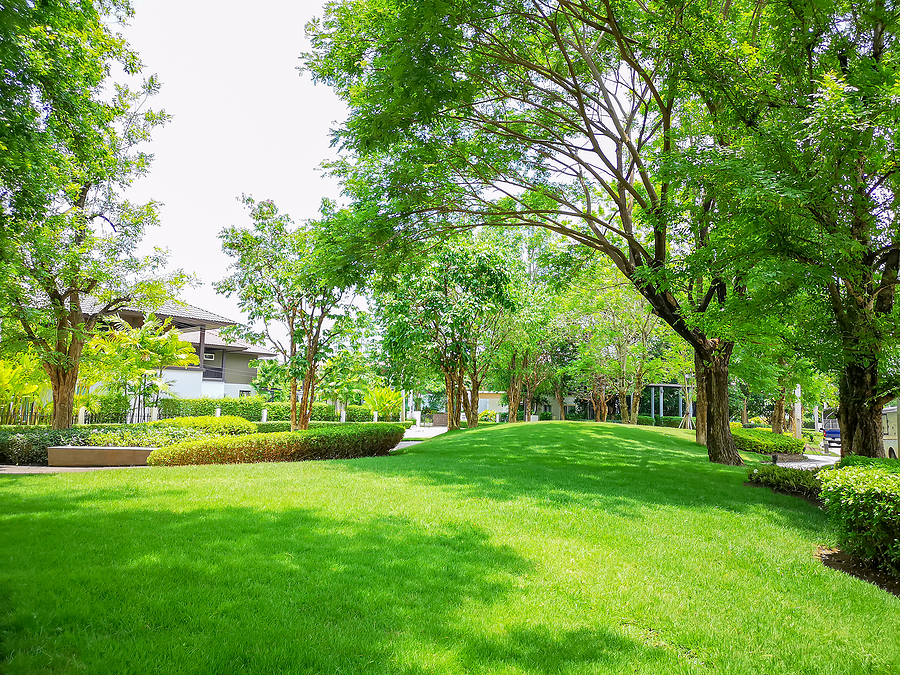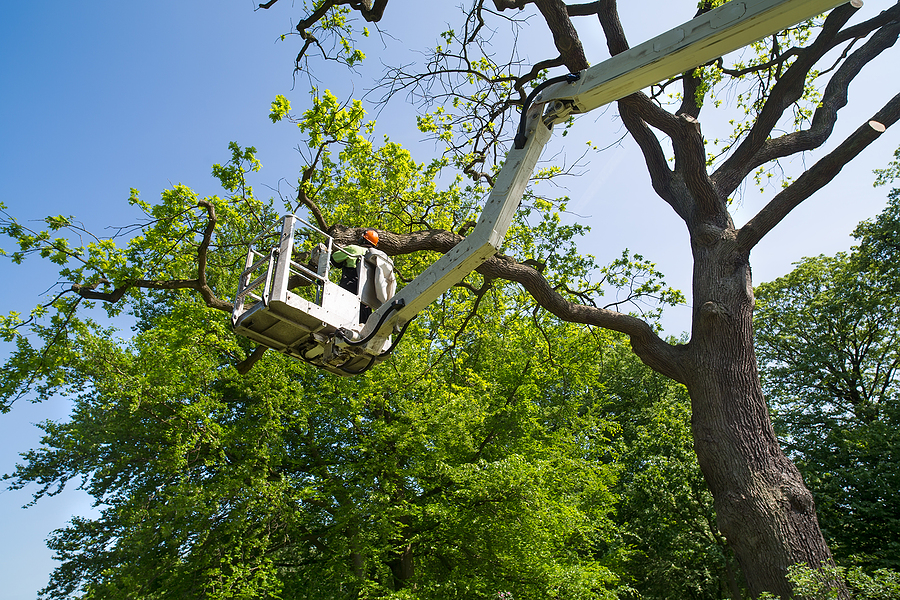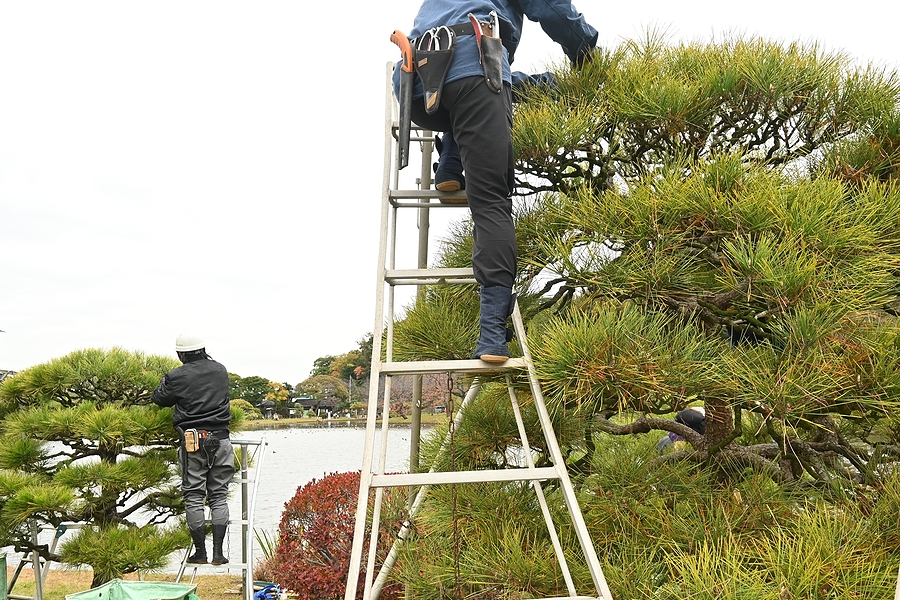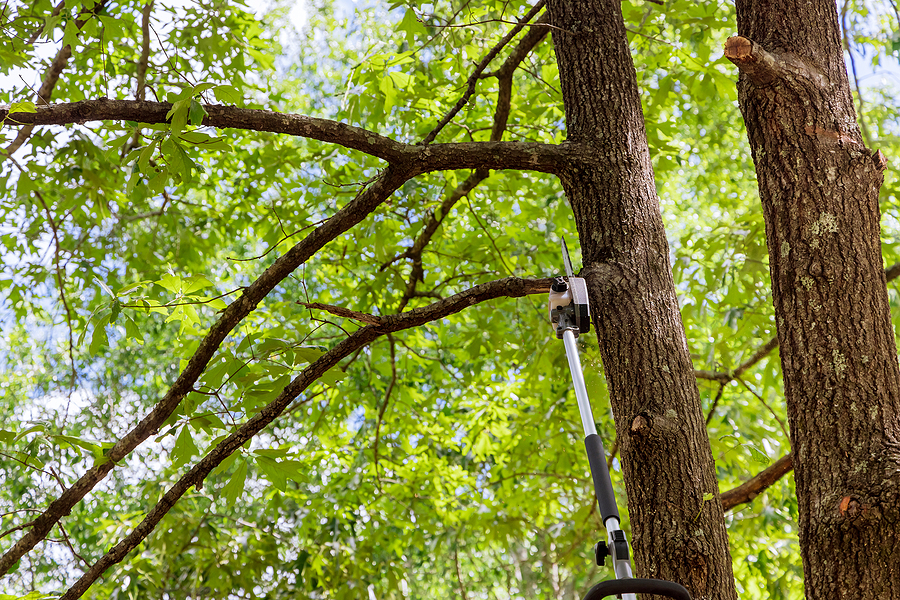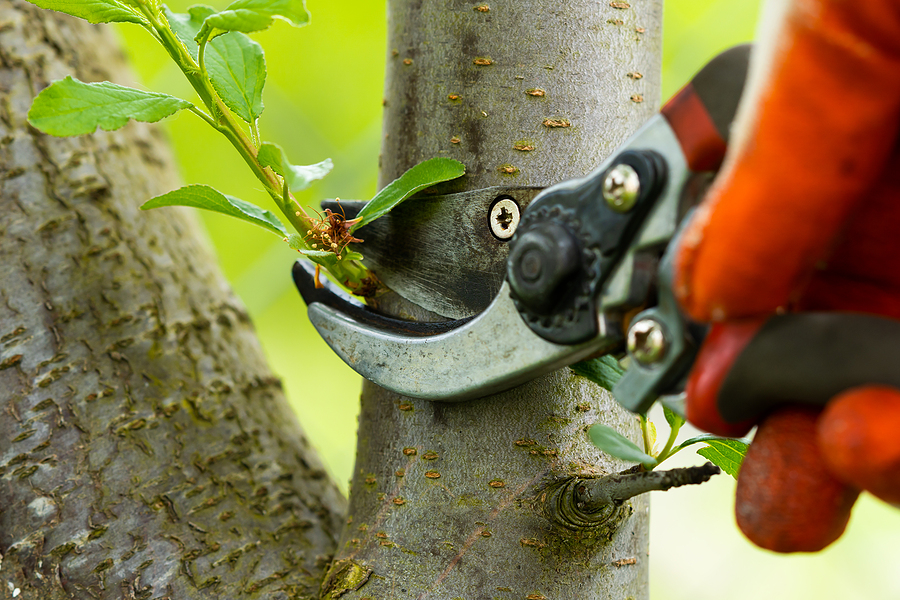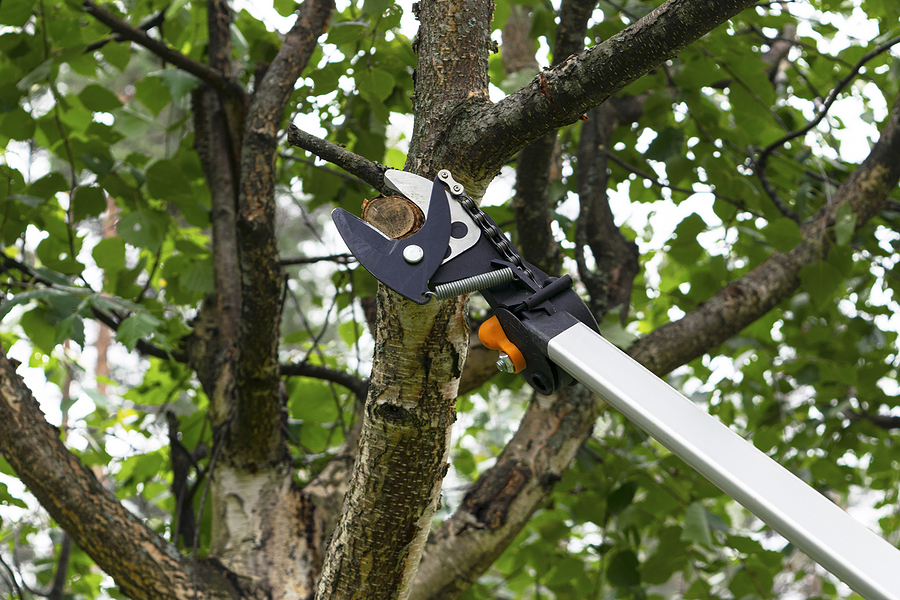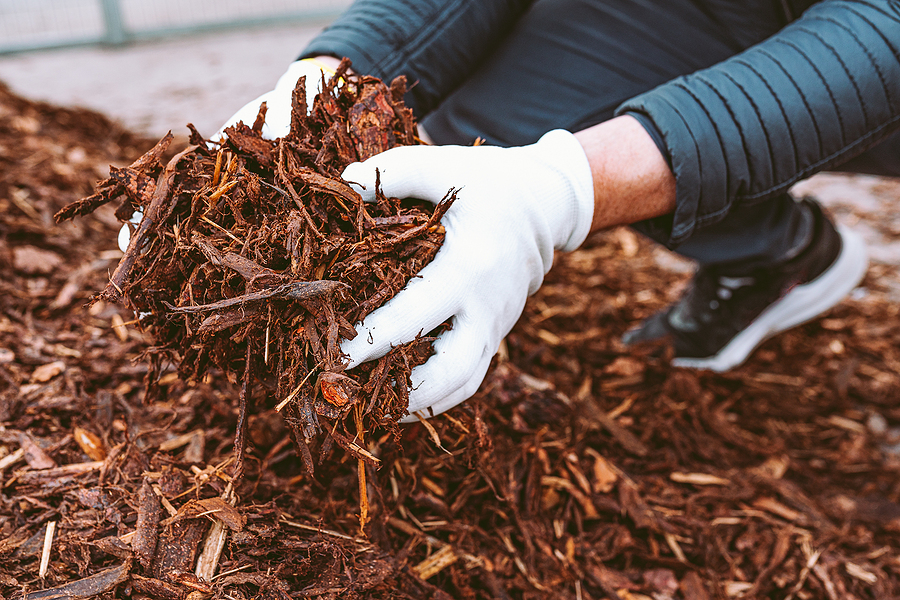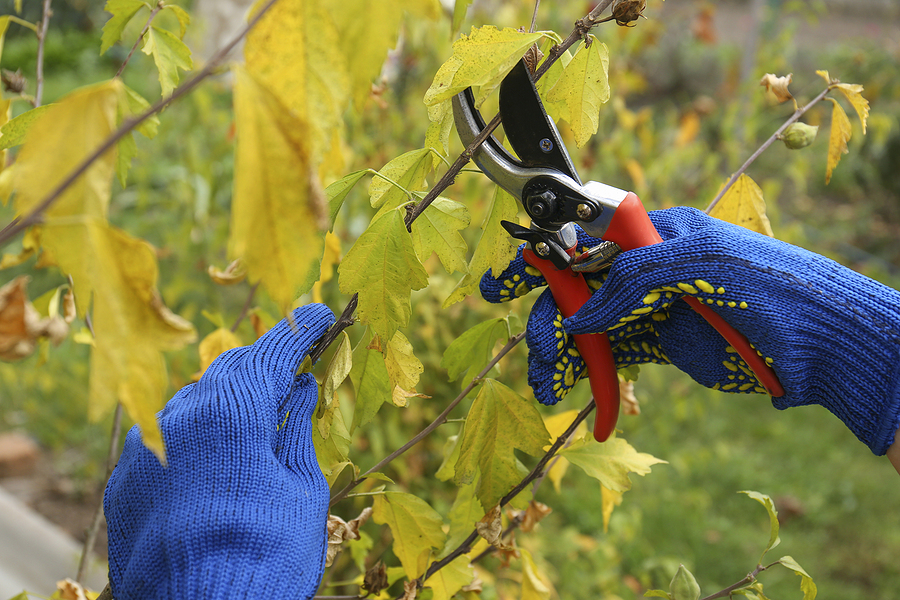Remember the days when hanging out on a tree branch or swinging high up in the air was the highlight of your childhood? Trees have always played a magical role in our lives, creating memories that last a lifetime. Not only do they enhance the beauty of our surroundings, but they also offer countless benefits to our environment and well-being.
For many Eco-conscious parents, outdoor enthusiasts, and homeowners, ensuring tree safety for their little ones is a top priority. In this guide, we’ll explore the importance of protecting these treasured trees, how to identify safe trees for playtime, tips for hanging swings safely, and ways to engage children in tree protection.

Understanding the Value of Trees
Benefits of Trees for Children
Trees provide more than just shade and beauty. They offer a space for children to explore, play, and develop their physical and cognitive skills. Climbing trees can improve coordination and balance, while the natural environment stimulates creativity and imagination. Kids who play outdoors tend to have better focus, reduced stress levels, and a stronger connection to nature.
Benefits of Trees for Communities
Trees play a vital role in creating healthier, more vibrant communities. They improve air quality by absorbing pollutants and releasing oxygen. They provide habitats for wildlife, enhancing biodiversity. Trees also contribute to the aesthetic appeal of neighborhoods, potentially increasing property values. Community spaces with ample tree cover encourage social interactions and outdoor activities, fostering a sense of community well-being.
Trees and the Environment
Beyond their immediate benefits, trees are crucial for our planet’s health. They act as carbon sinks, absorbing CO₂ and mitigating climate change. Their roots help prevent soil erosion, and they play a part in the water cycle by intercepting rainfall and reducing runoff. Protecting trees means protecting our future.
Identifying Safe Trees for Playtime
Spotting Tree Hazards
Before allowing children to play on or around trees, it’s essential to identify potential hazards. Look for dead or decaying branches, which can break easily and pose a risk. Check for visible cracks or splits in the trunk, as these can indicate structural weaknesses. Be cautious of trees with fungal growth, as fungi can weaken the wood.
Choosing the Right Trees for Swings and Hammocks
Not all trees are suitable for hanging swings or hammocks. Opt for strong, healthy trees with sturdy branches. Oak, maple, and beech trees are excellent choices due to their robust wood. Ensure the branch you select is at least 8 inches in diameter and shows no signs of damage or decay. Avoid using young or newly planted trees, as they might not withstand the weight.
Preventing Kids from Climbing Too High
While climbing trees is a fun activity, setting boundaries is crucial for safety. Teach children to stay within safe heights, generally no more than 10 feet off the ground. Establish clear rules about which branches are off-limits and explain the importance of staying within these limits. Regularly inspect the tree and surrounding area to ensure it remains safe for play. Moreover, strategic pruning can help alleviate the temptation to climb risky limbs.
Tips for Hanging Swings from Trees
Needed Tools for Safe Installation
To hang a swing safely, you’ll need a few essential tools:
- A sturdy rope or chain
- A drill with a long bit
- Eye bolts or tree straps
- A level to ensure even hanging
- A carabiner or quick link
Best Practices for Hanging Swings
Start by choosing the right branch. Ensure it is horizontal and at least 8 inches in diameter. Drill holes through the branch and insert eye bolts, securing them tightly. Alternatively, use tree straps to minimize damage. Attach the swing ropes or chains to the eye bolts or straps, making sure the swing hangs evenly. For added safety, use a carabiner or quick link for easy removal and adjustment.
Common Mistakes to Avoid
Avoid using nails or screws directly into the tree, as they can cause significant damage. Ensure the swing ropes or chains are free of knots or frays that could weaken them over time. Always double-check the stability of the swing before letting children use it. Regularly inspect the swing and tree for any signs of wear and tear.
Engaging Children in Tree Protection
Educational Activities
Teaching children about the importance of tree protection can be both fun and educational. Organize nature walks where kids learn about different tree species and their benefits. Create craft projects using leaves, bark, and other natural materials. Encourage them to keep a nature journal, documenting their observations and discoveries. Celebrate Arbor Day and World Environment Day each year!
Tree Planting Events
Get involved in local tree planting events to instill a sense of responsibility and community in children. These events not only help replenish tree populations but also provide a hands-on learning experience. Kids will gain a deeper appreciation for nature and understand the importance of caring for the environment.
Playground Safety and Awareness
Educate children about the importance of playground safety, especially when it comes to playing on or around trees. Teach them to recognize potential hazards and the importance of following safety rules. Create a culture of awareness and respect for nature, ensuring they understand the value of protecting the trees they love to play on.
Conclusion
Trees are more than just a backdrop for our childhood memories; they are an essential part of our environment and well-being. By understanding the value of trees, identifying safe play areas, following best practices for hanging swings, and engaging children in tree protection, we can create a safer and more enjoyable outdoor experience for everyone. Let’s make a commitment to safeguarding these natural treasures for future generations.
Do your trees need a trim for a new tree house or playset installation? For professional tree trimming and removal services in Indianapolis, contact Complete Tree Care at 317-783-2518, today. Together, we can ensure your trees remain healthy and safe for years to come. We serve residential and commercial clients with comprehensive tree care solutions.
Related Posts:
The Best Trees for Hanging Seated Swings
How to Spot the Signs of Tree Stress
Tree Care Tips for Homeowners Who Want an In Ground Pool

